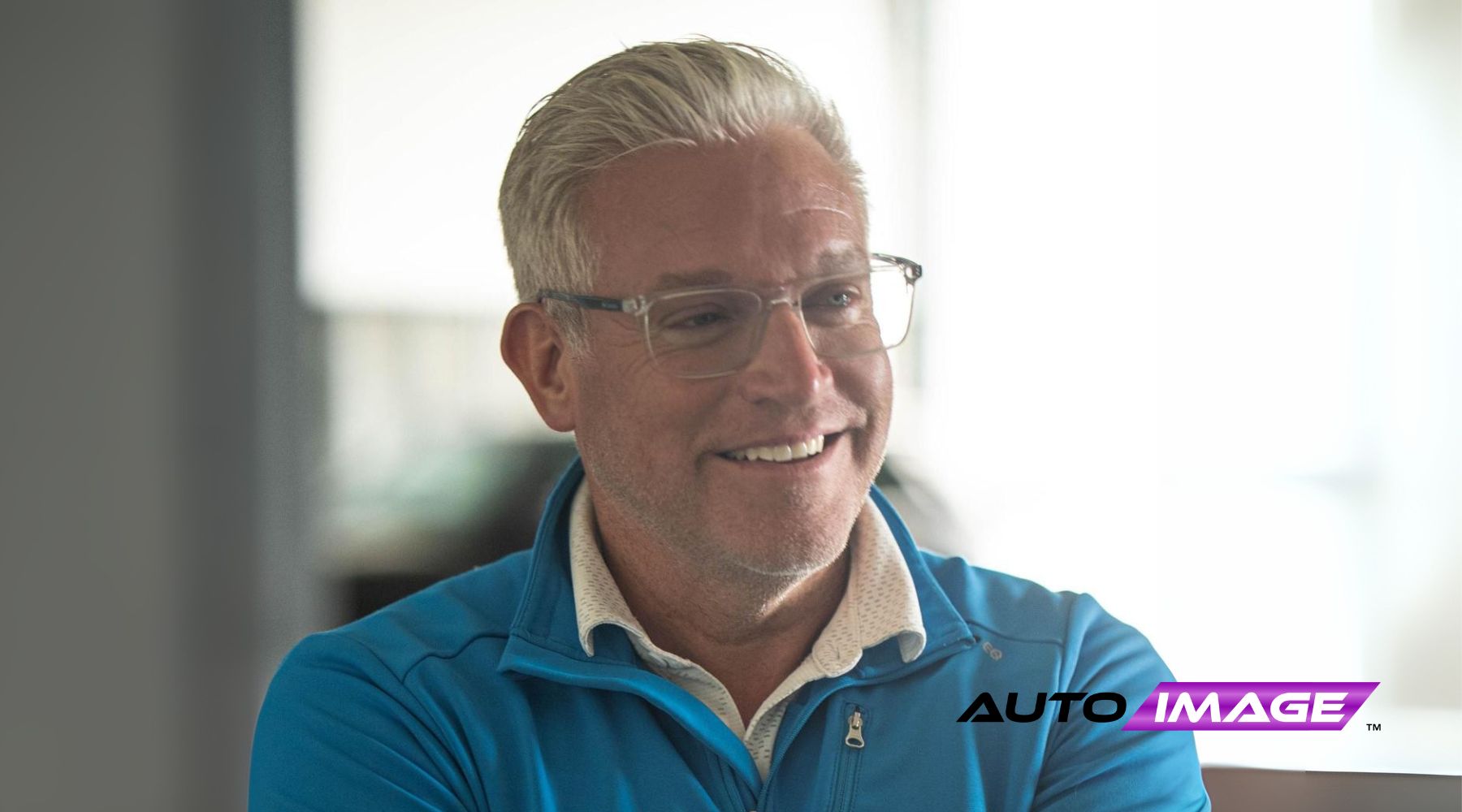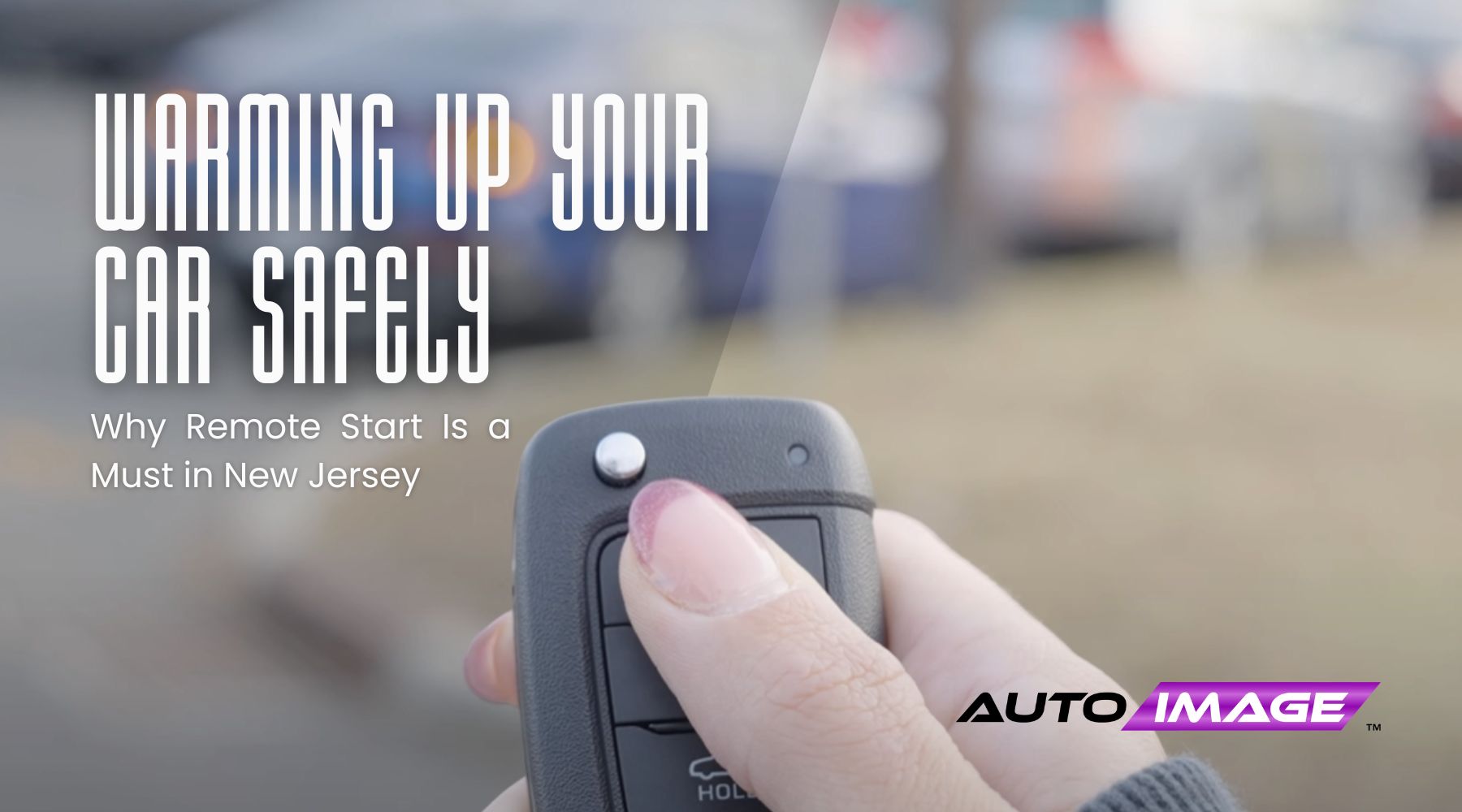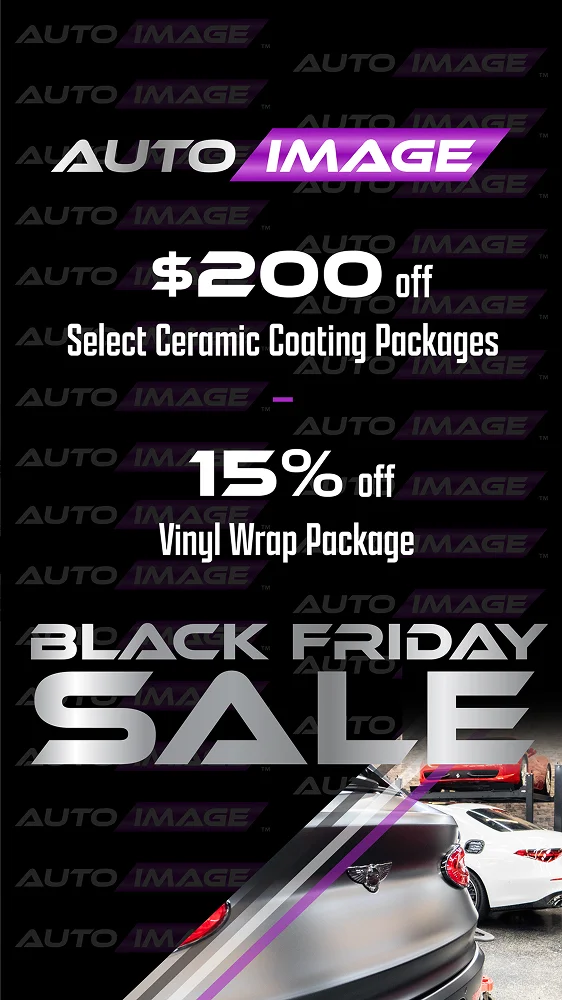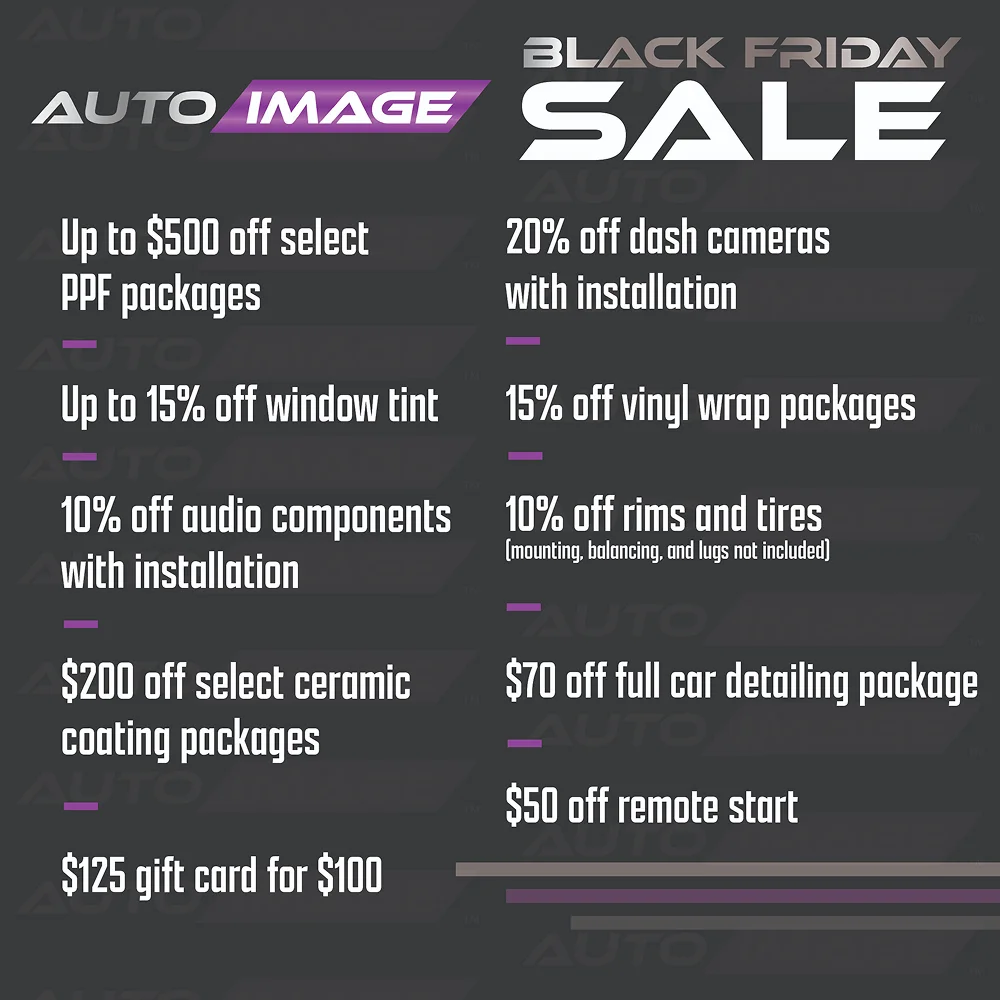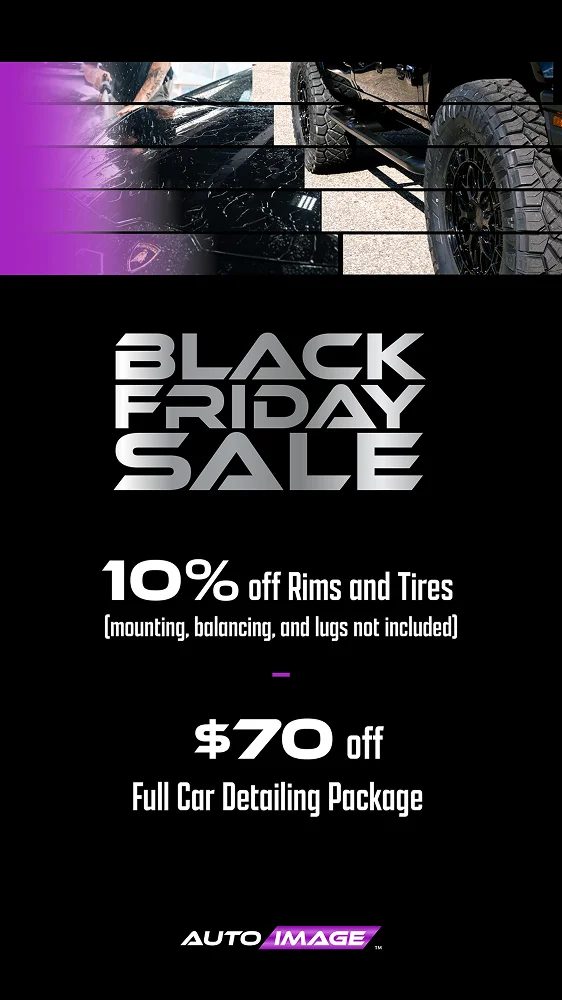If you’ve just invested in a fresh paint job for your vehicle, the next logical step is protecting that new finish. One of the most effective solutions? Ceramic coating. But before rushing into application, many car owners from Brick, East Brunswick, Edison, South Brunswick, and other New Jersey areas ask an important question: Can ceramic coating be applied over a new car paint job?
The short answer is yes, but timing is everything. Let’s dive into what you need to know to safeguard your car’s fresh paint while maximizing the benefits of ceramic protection.
Why Fresh Paint Needs Time to Cure
When your car leaves the paint booth, it might look ready, but underneath that glossy surface, a critical curing process is still underway. Fresh automotive paint continues to release solvents and gases, a process known as off-gassing, which helps the paint harden and fully bond to the surface.
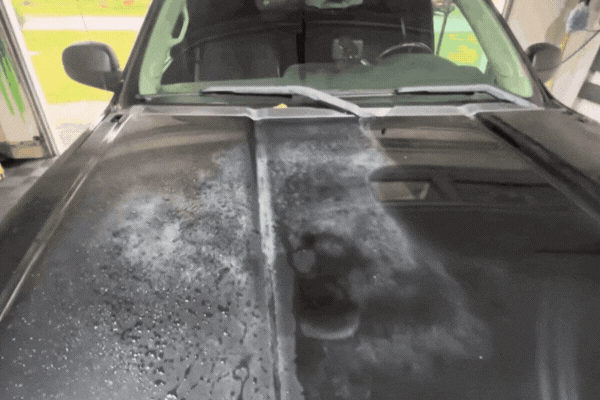
Applying ceramic coating too early can trap these escaping gases, leading to several issues:
- Cloudiness or haziness beneath the coating
- Uneven surface texture from bubbling or micro-blistering
- Poor adhesion, which compromises the coating’s protective qualities
- Shortened lifespan of both the paint and the coating
It’s also worth noting that most automotive paint systems, including clear coats, require time to reach their full hardness. During this soft-cure stage, even light pressure can leave marks or indentations. Sealing it with a ceramic coating could permanently lock in these imperfections.
Why does the curing process of new paint affect ceramic coating performance?
Because premature sealing can trap solvent gases and surface flaws, it prevents proper adhesion and compromises long-term results.
To ensure maximum durability, gloss, and bonding strength, always wait for the manufacturer-recommended curing period, typically 30 to 60 days, before moving forward with ceramic protection.
How Long Should You Wait Before Applying Ceramic Coating?
Most experts agree: Wait at least 30 days before applying ceramic coating on freshly painted surfaces. Depending on several factors, the wait might extend to 60 or even 90 days to ensure the paint has fully cured and off-gassed.
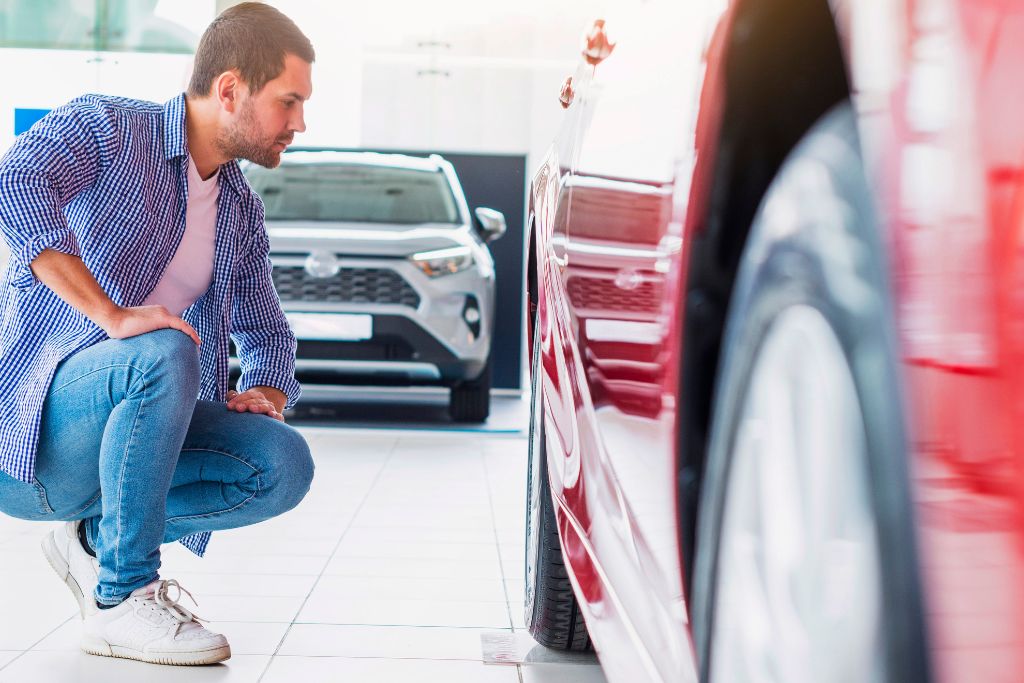
Factors That Influence Curing Time
- Type of Paint: Solvent-based paints typically require longer curing than modern water-borne options, which are often used to meet environmental regulations.
- Application Method: Air-dried paint (often used in smaller or mobile shops) takes longer to off-gas compared to bake-cured paint, which is hardened in controlled heat environments.
- Environmental Conditions: In colder or more humid areas like Wall or Toms River, slower evaporation of solvents can prolong the curing process significantly.
- Paint Thickness: Thicker applications, multi-stage systems, or clear coat-heavy finishes demand more time for complete hardening.
- Respray Areas: If only part of the vehicle was repainted, those spots may cure differently than factory paint, requiring special attention.
As a general rule, 1 to 2 months provides a safe window. Waiting ensures optimal bonding, long-lasting protection, and a flawless finish when it’s finally time to apply that ceramic coat.
Proper Prep Before Coating Fresh Paint
Even once your paint has fully cured, you’re not quite ready to apply ceramic coating. The surface must be in perfect condition to ensure strong bonding and long-term durability. Here’s what your car needs before sealing in that protection:
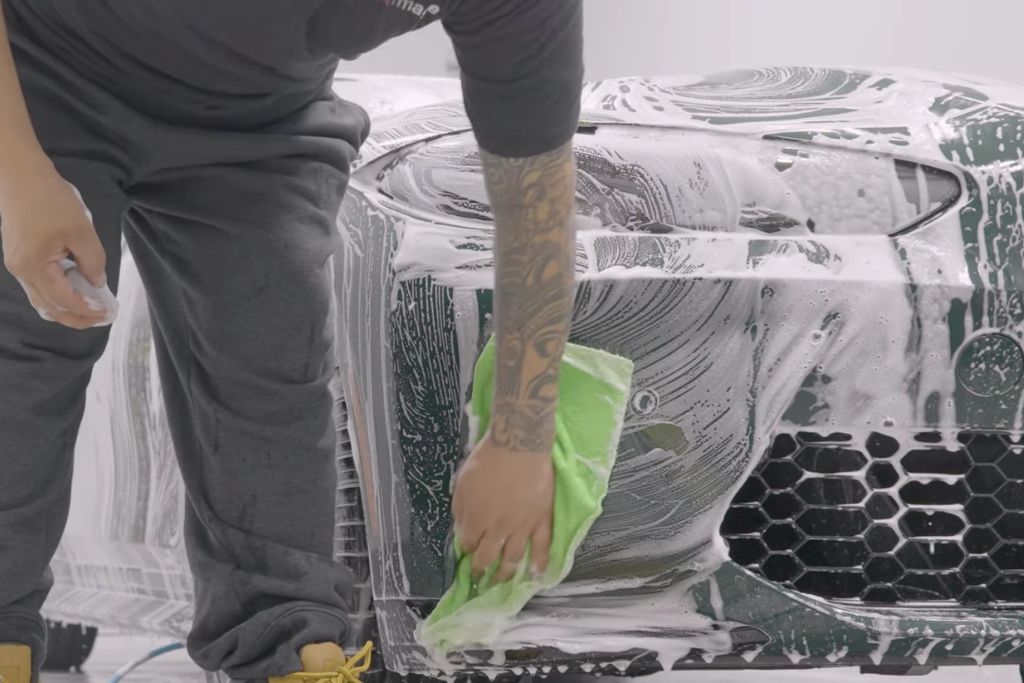
1. Thorough Washing & Decontamination
Start with a high-pH foam wash to strip any waxes or sealants that may have been applied during detailing or transport. Follow this with clay bar treatment, which removes embedded contaminants like rail dust, industrial fallout, bug residue, and even overspray from nearby work areas. Skipping this step can cause the coating to bond to contamination rather than clean paint.
2. Light Paint Correction
Even brand-new or freshly painted vehicles can exhibit minor defects, such as swirl marks from polishing, light scratches from handling, or sanding marks near resprayed areas. A single-stage polish (often called a “jeweling pass”) helps level the clear coat and reveals a deep, defect-free shine.
Does a brand-new car need paint correction before ceramic coating?
Yes, because imperfections, though subtle, can affect how well the coating bonds and its longevity. Paint correction ensures the coating is applied to a flawless surface.
3. Isopropyl Alcohol Wipe Down
After polishing, a 50/50 mixture of isopropyl alcohol and distilled water is applied to remove all oils, fillers, and residues. This ensures the ceramic coating bonds directly to the paint, not to leftover polish or residue.
Pro Tip: Avoid using household rubbing alcohol; use detailing-grade IPA to prevent streaking or damage.
This preparation process is just as important as the coating itself. It’s what separates a temporary shine from long-term protection. Professional installers, like those at Auto Image, follow these steps meticulously to ensure a perfect application every time.
Application Matters: Environment, Method, and Product
Ceramic coating is not a DIY shortcut; it’s a professional-grade treatment that demands precision. Its effectiveness depends heavily on how and where it’s applied, as well as what product is used.
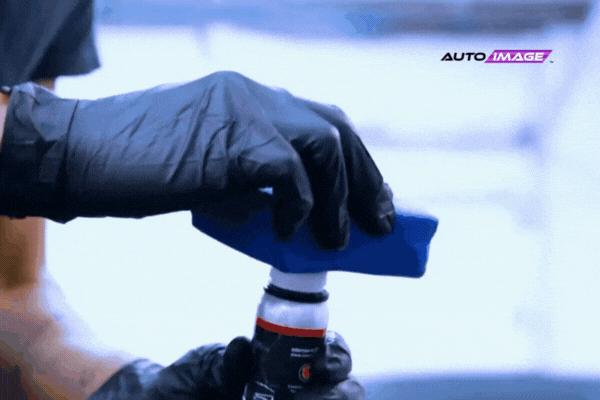
Apply Indoors
Application should always take place in a dust-free, climate-controlled environment. This ensures no airborne contaminants land on the surface mid-application and that temperature and humidity remain stable. Auto Image’s facilities in Brick and East Brunswick, NJ, are purpose-built for this purpose, minimizing the risk of coating defects such as high spots, streaking, or incomplete curing.
Thin, Even Layers
Less is more when it comes to ceramic coating. Trained technicians apply thin, overlapping layers, ensuring proper leveling and bonding to achieve a seamless finish. Excess product can cause high spots, uneven curing, or premature failure of the coating. Each layer should be allowed to “flash” (partially cure) before the next is applied.
Respect Manufacturer Instructions
Each ceramic coating product is chemically unique; some are single-layer, while others require multiple coats with specific wait times in between. Skipping steps or applying too soon can compromise the integrity of the coating.
Why do certain coatings require consultation with the manufacturer’s instructions?
Because each product has a precise chemical formulation designed for optimal results when used as directed, including flash times, cure temperatures, and surface prep recommendations.
Following these meticulous steps ensures the coating delivers maximum protection, longevity, and that deep, glossy finish NJ drivers love.
Why It's Worth the Wait: Benefits of Ceramic Coating on New Paint

Once your new paint has fully cured and the ceramic coating is properly applied, the results are well worth the wait. For New Jersey drivers, ceramic coating provides a crucial shield against harsh regional elements, including:
- Road salt during icy winters can accelerate corrosion.
- Bird droppings, tree sap, and acid rain can etch clear coats.
- UV rays that fade paint over time, especially in the summer heat
- Pollen and airborne contaminants are common in suburban and coastal areas.
Long-Term Advantages You’ll Notice:
- Hydrophobic surface: Water, dirt, and mud bead off effortlessly, making cleaning faster and safer.
- Enhanced gloss and depth: Your paint will maintain that rich, wet-look shine for years.
- Less frequent washing and no need for waxing: Ceramic coatings eliminate the need for traditional wax or sealants, resulting in reduced maintenance.
- Long-lasting protection: When applied professionally, the coating can last 2 to 5 years or more, depending on the product and maintenance.
Think of it as a permanent wax upgrade, offering better protection, improved appearance, and reduced maintenance.
At Auto Image, we tailor every ceramic coating service to your vehicle’s condition and driving environment. Want to learn more? Discover how ceramic coating protects your car in New Jersey or explore its resistance to chemicals and bird droppings.
Conclusion
The Smart Way to Protect Fresh Paint
So, can ceramic coating be applied over a new car paint job? Yes, just not immediately.
Allow your new paint to fully cure for 30–60 days, prepare the surface properly, and select a trusted installer like Auto Image, serving drivers from Spring Lake to Edison. With our expert team and high-quality products from trusted brands like 3M and SolarGard, we ensure your car receives the superior protection it deserves.
Schedule a consultation today at our East Brunswick or Brick, NJ locations to learn the perfect timing and plan for your ceramic coating.
FAQs About Ceramic Coating Over Fresh Paint
Is it worth getting a ceramic coating on a new car?
Absolutely. It locks in that “new car” look and defends against environmental threats. Discover the advantages of ceramic coating.
How much does ceramic coating cost?
Pricing varies based on vehicle size and paint condition, but typically ranges from $800 to $2,000. Contact Auto Image for a custom quote.
What are the downsides of ceramic coating?
While the benefits are extensive, downsides include:
- Higher upfront cost
- Professional application required
- Not immune to scratches (it adds resistance, not invisibility)
Why might sealing in gases with a coating cause paint issues?
Trapped solvents can interfere with proper bonding, resulting in defects such as bubbling, hazing, or coating failure.


